The Hyundai Ioniq 9 Electric SUV is Here and it Comes With Great Expectations
The Ioniq 9 is Hyundai's latest groundbreaking EV. The brand new Hyundai Ioniq 9 comes on the back of the immensely successful Ioniq 5.
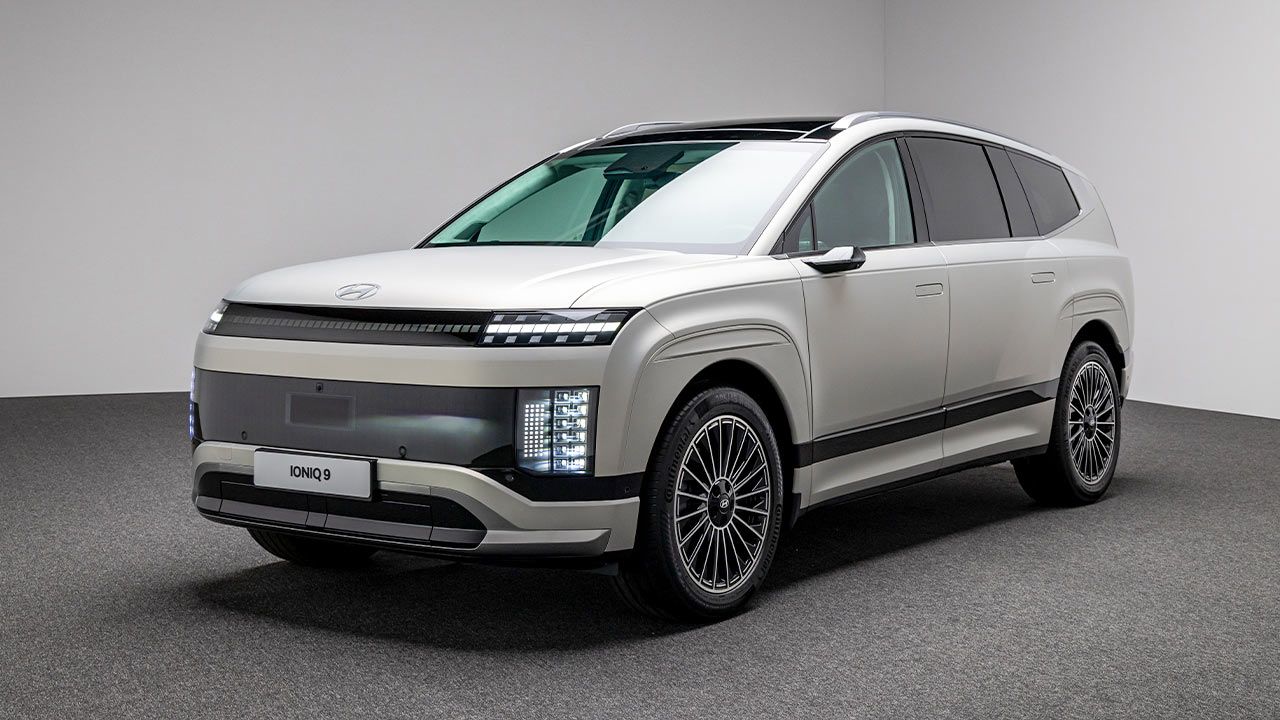
The brand new Ioniq 9 comes on the back of the immensely successful Ioniq 5 – which brought great range, design and usability to the market at a relatively affordable price – followed by the Ioniq 6 – which brought immense refinement to the sedan segment, not to mention space – and, to top it all, both were not only multiple award winners, but, to top it off, World Car of the Year winners (in 2022 and 2023 respectively). So, as you can well imagine, the Ioniq 9 will be expected to come in with all cylinder's firing. Or, with all battery cells charging as the case may be…
But where are the Ioniq 7 and 8, you ask? Well, we asked that question too and Hyundai was quite non-committal with their answer. So, perhaps they'll come later and be plugged into the range (pun intended), but we can't be sure. What we can be sure about is the sheer size of the Ioniq 9 – with a massive wheelbase of 1.3 meters!
The EVs we've been promised
The advantage of being a large vehicle, with a massive wheelbase, is that the cabin of the EV9 is about as large as you would imagine. Yes, it's a 3-row full size SUV, but it's the sheer expanse of the cabin that takes you by surprise. The second-row captain's chairs swivel a full 180-degrees to give it true lounge seating – if your market regulations allow that is.
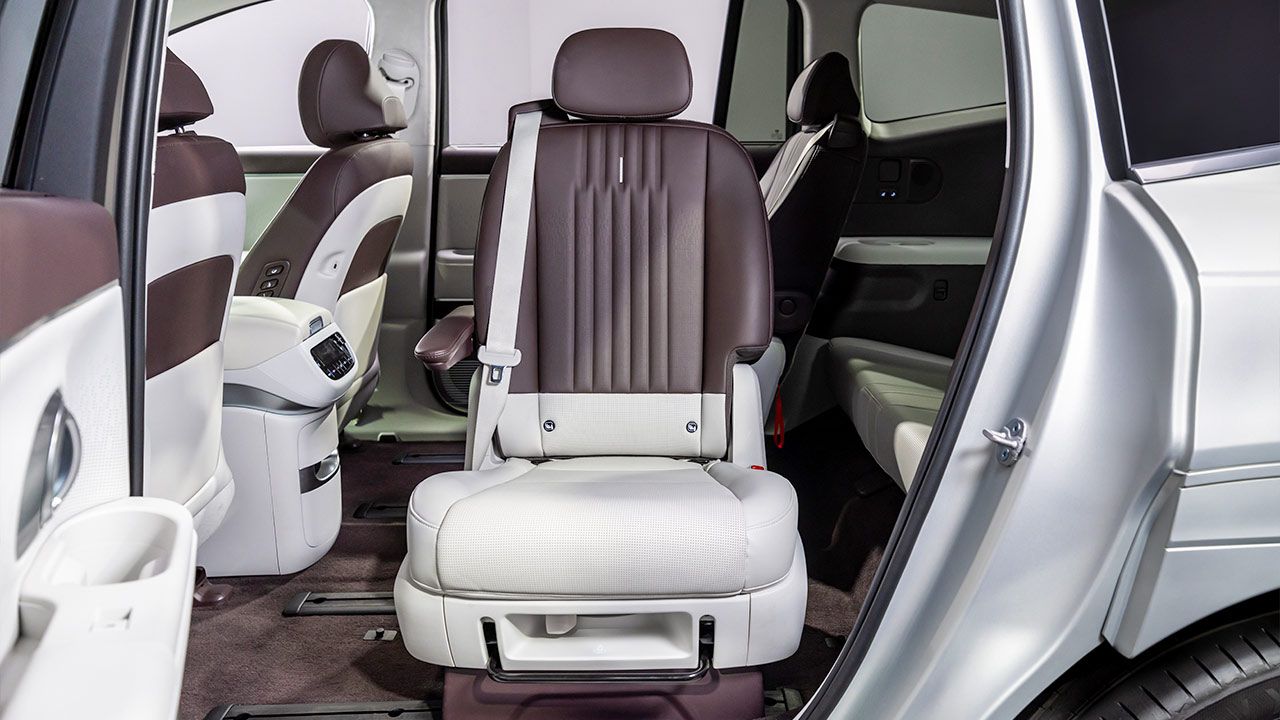
But, if they do, the sheer size of the cabin, the massive glasshouse and the panoramic sunroof, combined with the muted tones inside the cabin really do give the Ioniq 9 that lounge-on-wheels feel that we've been promised since the advent of the EV.
So, how did we get here?
The question is, how did the Hyundai designers actually unlock all this cabin space? And the answer is that they did this in quite a clever fashion. You see, traditional good design meant that a large car must have a certain set of attributes in order for it to have a cohesive shape – it must have a long bonnet to signify power, the A-pillar should extend to the center line of the front wheels to give it symmetry, and the front & rear overhangs should be tight and compact to give it a balanced stance. However, the Hyundai designers took all this convention and threw it out of the window.
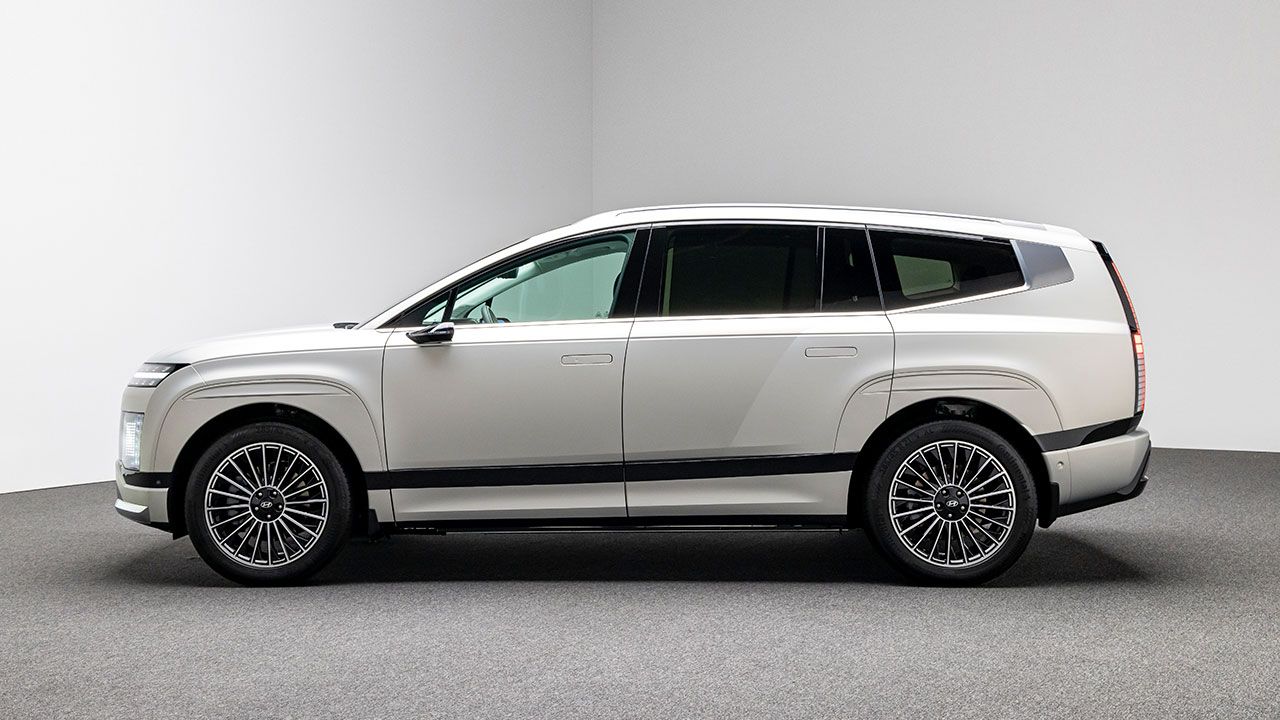
They took the bonnet and shrunk it in size – and that's despite the fact that it has a small luggage compartment in the front (a frunk) in addition to a 620-litre boot. They took the A-pillar and moved it forward to give the cabin maximum room, and they raked the windshield at such a steep angle that it retained a rather sleek silhouette. They took the rear end and tapered it in to give it a boattail rear and wide haunches that lend it both muscle and elegance at the same time. So much so that the Ioniq 9 belies its size and looks quite clean and inviting. Certainly not at all incongruous, which you may have expected it to be considering that the designers threw the rule book out of the window. But what this has done is unlock a tremendous amount of room in the cabin, such that the ' lounge-like-interior' nomenclature is not entirely lost on this car.
The Pixel
Like the Ioniq 5 and 6 before it, the defining feature of this vehicle is the pixel – the retro, yet modern, dot matrix light signature that is central to Hyundai's EV line of vehicles. Personally, I absolutely love the pixel, so I'm very glad that not only has it been retained, but it's been embraced even more than ever.
![]()
At the front end especially, the pixels have been beautifully integrated into what is an extremely clean and reductionist design. Simon Loasby, the Head of Design for Hyundai, says this design signifies 'Beauty versus Botox' and that 'reduction is more difficult than extravagance.' Well, difficult or not, he's certainly pulled it off.
Also Read: The Hyundai Ioniq 5 N is an EV that simulates an ICE driving experience
The other design objective was to make the car appear approachable and not intimidating because of its size, and they succeeded there too. They also set out to make it as aerodynamically efficient as possible, so much so that the Ioniq 9 doesn't even have a shark-fin antenna on the roof. As a result, the Ioniq 9 with side-view cameras instead of mirrors has a coefficient of drag (Cd) equivalent to a small car, at just .259, whereas the Cd of the model with traditional side-view mirrors is still svelte – at .269.
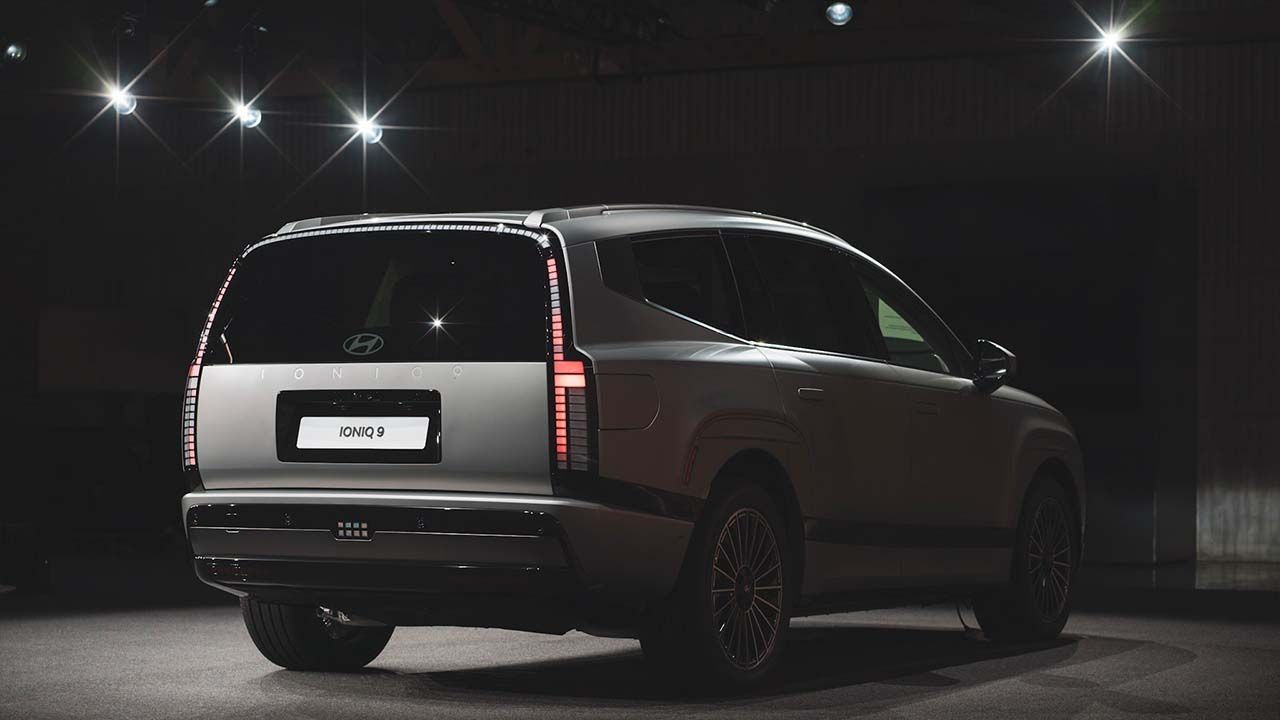
A soothing cabin
The cabin carries forward the clean, reductionist design language from the outside. There's a finesse and subtlety to the overall design of this machine. All the tech on the inside is seamlessly integrated into this lounge-like cabin, as opposed to being imposing and in your face. The curved screen consists of a 12-inch instrument cluster and a 12-inch infotainment display. Fortunately, Hyundai has given the Ioniq 9 its fair share of buttons as well and hasn't insisted on everything being controlled via the touchscreen – I think other manufacturers will also walk back the dependence on touchscreens in future.
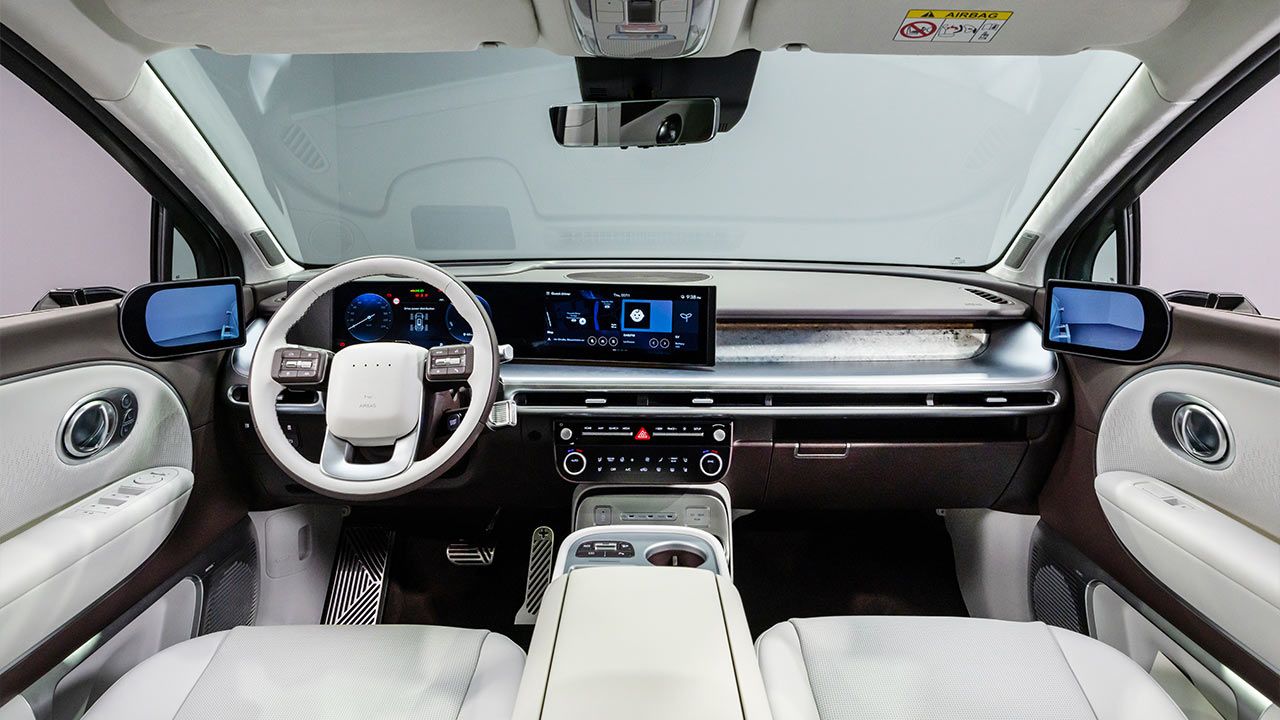
The surfaces are soft, and shapes are round – sculpted even – again, with Simon saying that they've been inspired by the shapes in nature, such as a pebble that's been morphed by the current of a river.
Attention to detail
Another area that Hyundai has worked incredibly hard on – especially with this being a large EV – is on sound insulation. The door seals have triple layer insulation, it has acoustic glass that's laminated, all the motors themselves are fully insulated, there's active noise canceling in the cabin, and even the tires have foam in them to reduce road noise.
The Ioniq 9 is built on Hyundai's E-GMP platform and has a 110.3 kWh battery that gives it a WLTP range of 620 kilometers (for the RWD Long Range model). Using a 350 kW charger, it can charge from 10-80% in just 24 minutes. The Long Range RWD model gets a 160 kW rear motor and accelerates to 100km/h in 9.4 seconds. The Long Range AWD model gets an additional 70 kW motor mounted in front that enables it to sprint to 100km/h in 6.7 seconds, while the Performance model gets two 170 kW motors that give it a 5.2 second 0-100km/h acceleration time.
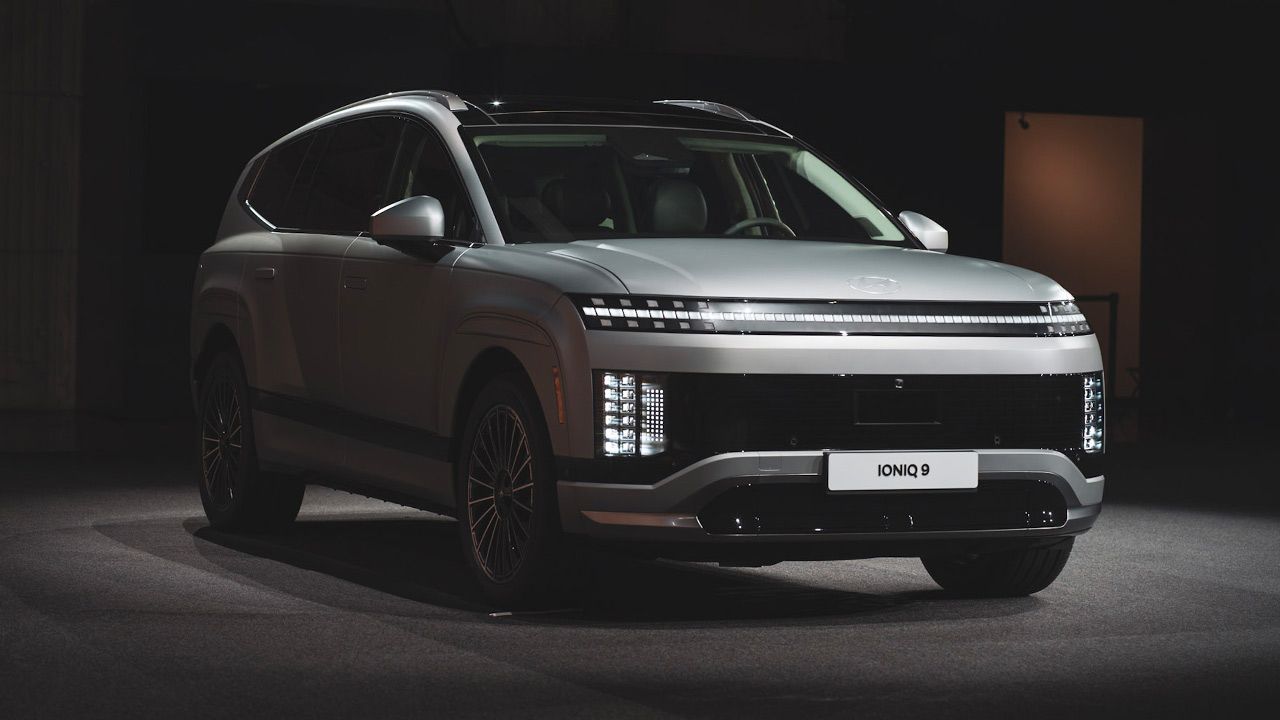
This year, Hyundai has produced its hundred millionth vehicle, which is quite the milestone – and not one that achieved without a long-term vision and sheer determination. Hyundai aims to sell 2 million EVs by 2030, and the Ioniq 9 will be key towards achieving that goal, and so it's critical for the company that the Ioniq 9 follows in the footsteps of its award-winning siblings.
Also Read: Hyundai Santa Fe, Ioniq 5 N Driven in South Korea, New-Age Hyundais!
The Ioniq 9 will be on sale in the West and in Korea in 2025, but at present there are no plans to bring it to India, so if you like what you see you better start lobbying your local Hyundai dealers and hope for the best…
.webp)
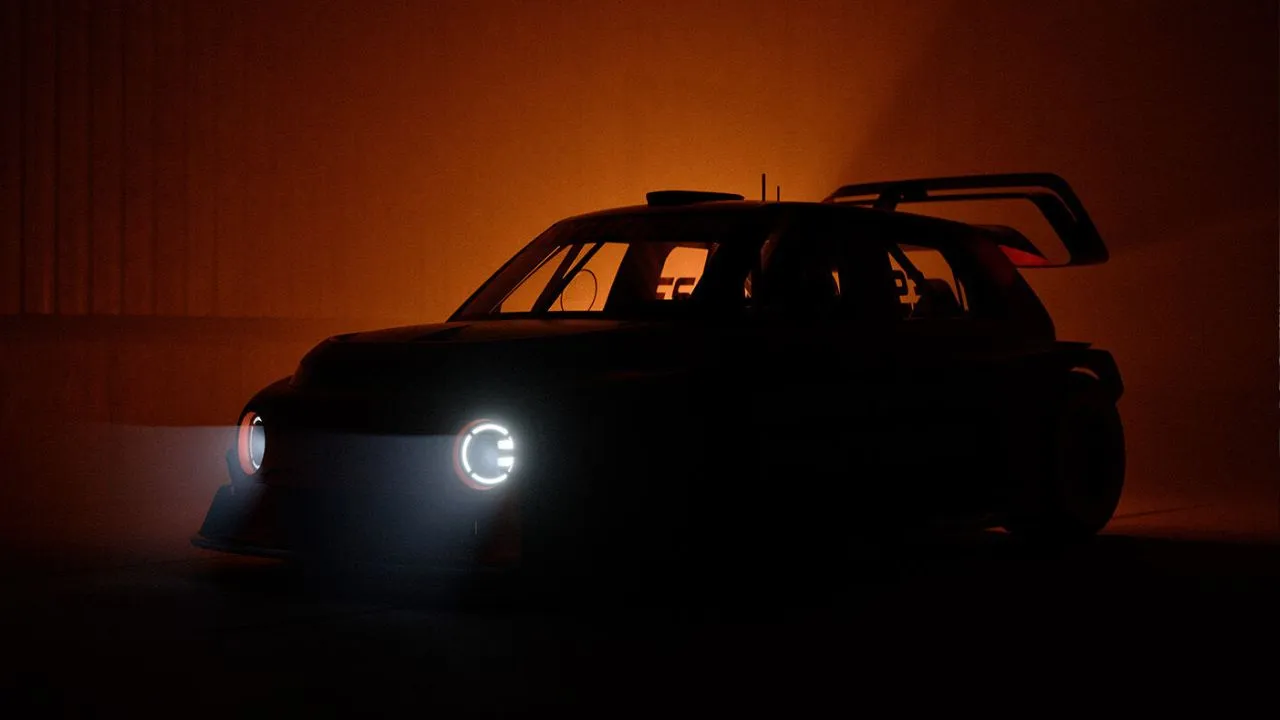
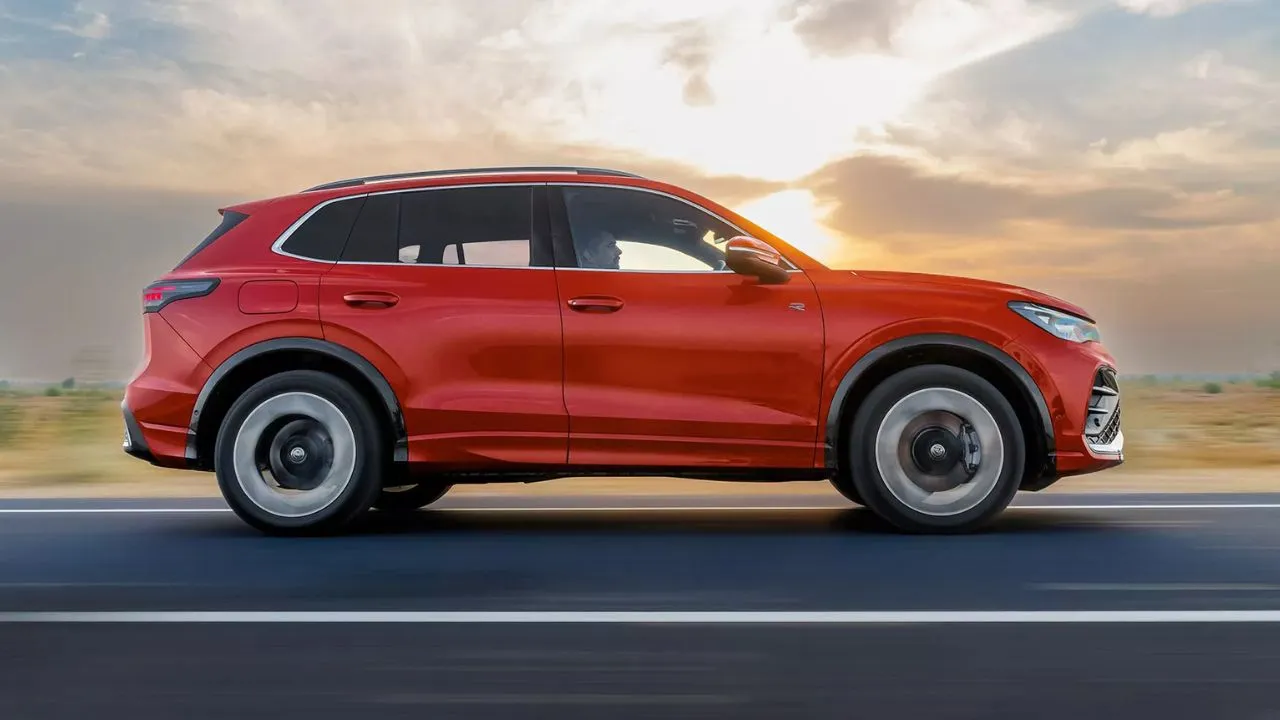


.webp)





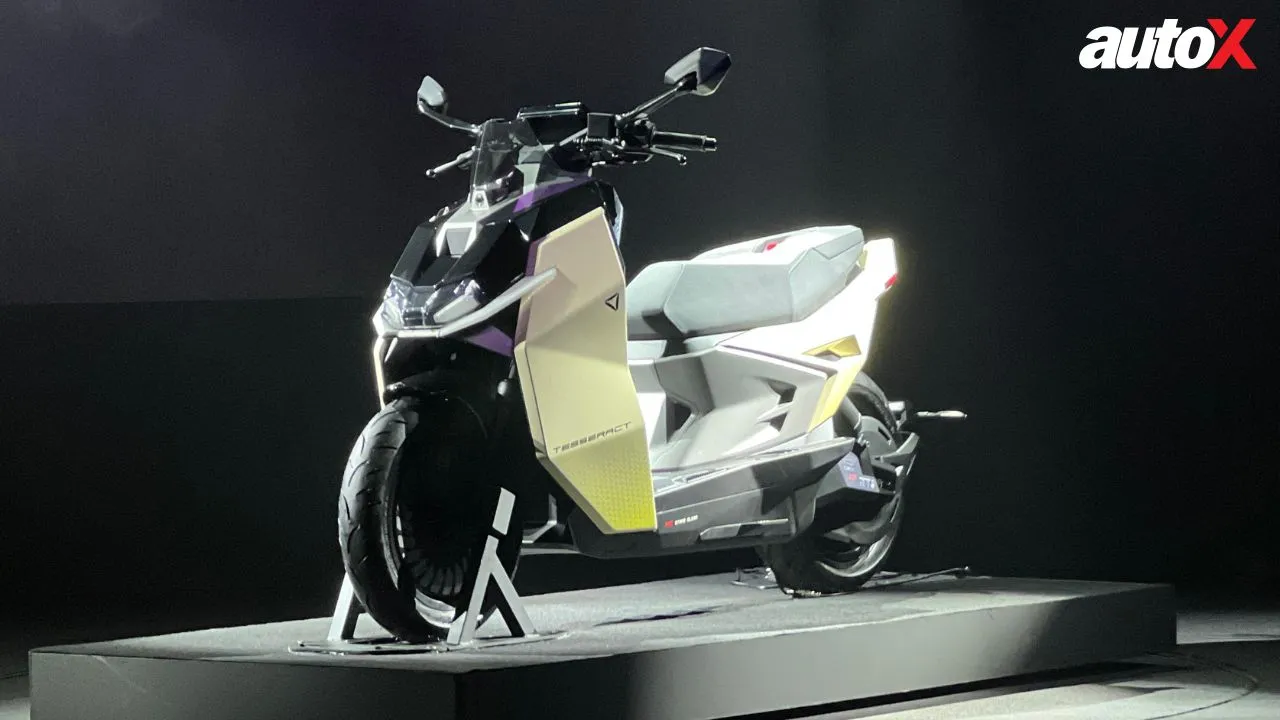
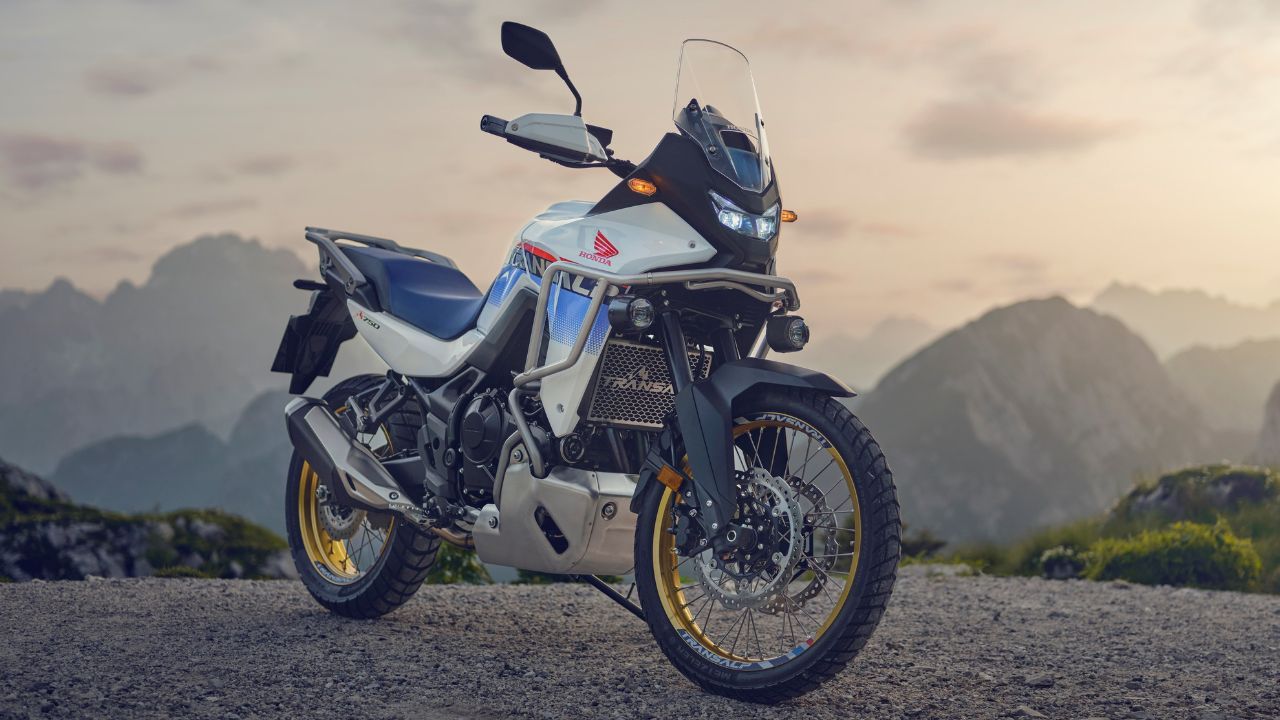


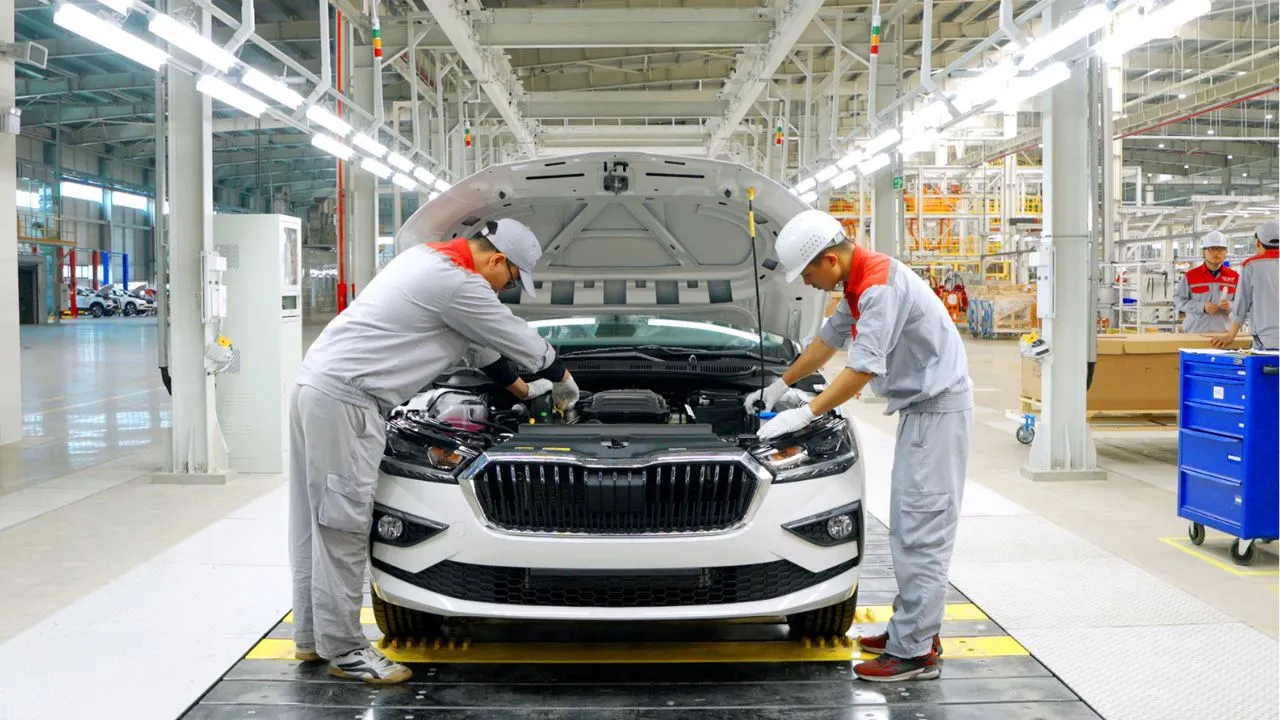





Write your Comment on